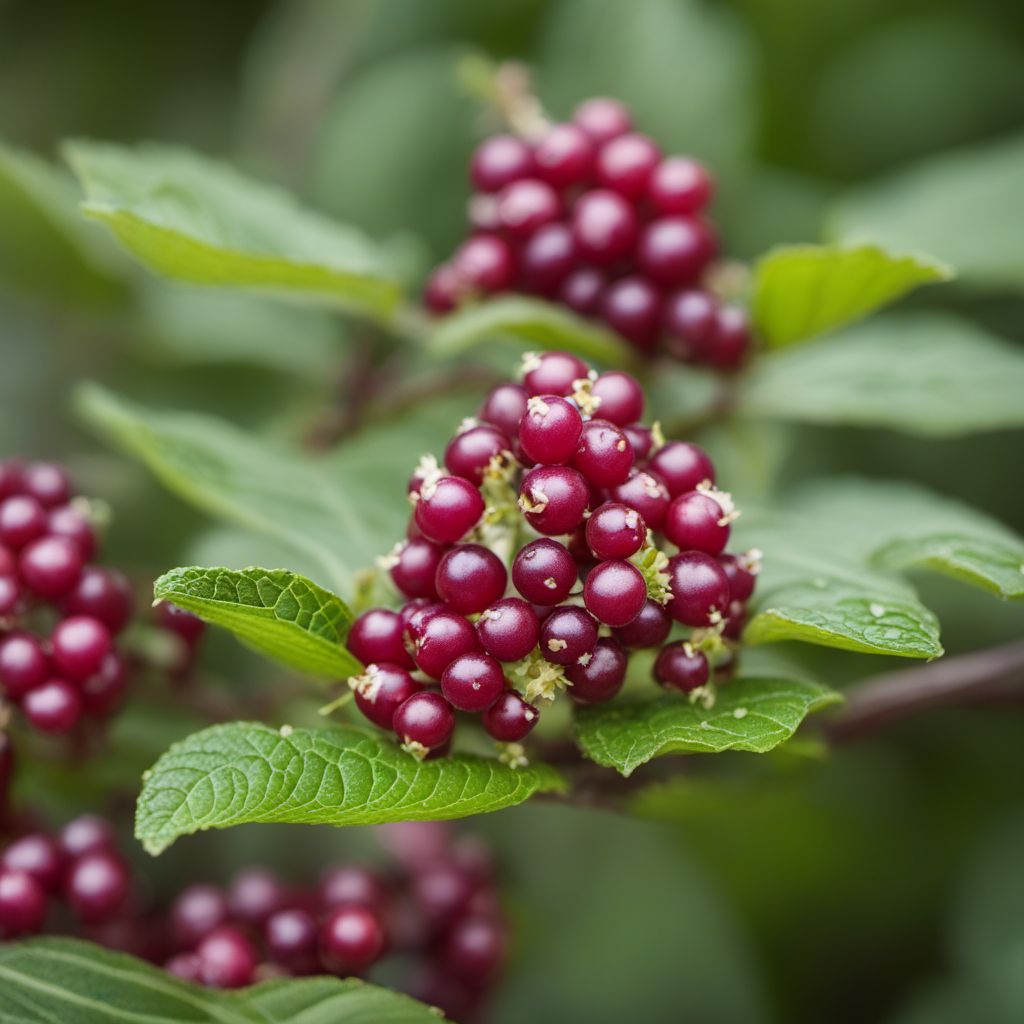
Ingredient
Pokeweed
The Wild Wonder: Pokeweed
Pokeweed greens are known for their vibrant green color, tender texture, and slightly bitter taste. The leaves are often cooked or blanched to reduce their natural bitterness and enhance their flavor. When prepared properly, pokeweed greens can be a delightful addition to salads, soups, stir-fries, and other culinary creations.
Origins and history
Pokeweed is native to North America but can also be found in Europe, Asia, and other parts of the world. It has a long history of culinary and medicinal use among Native American tribes, who recognized its nutritional value and healing properties. Today, pokeweed is still foraged and enjoyed in various regional cuisines, particularly in the southern United States where it is a staple in dishes like poke sallet.
Nutritional information
Pokeweed greens are a good source of vitamins A, C, and K, as well as minerals like calcium and iron. They are also rich in antioxidants and dietary fiber, making them a nutritious addition to a balanced diet. However, it is important to note that pokeweed can be toxic if not prepared and cooked properly, so caution should be exercised when foraging or consuming it.
Allergens
Pokeweed can be toxic if consumed raw or if certain parts of the plant, such as the roots or berries, are ingested. It contains substances called phytolaccatoxins, which can cause symptoms like nausea, vomiting, and diarrhea. To ensure safety, pokeweed greens should be blanched or cooked in boiling water for at least 10 minutes, discarding the cooking water, before further preparation or consumption.
How to select
When selecting pokeweed greens, it is crucial to be able to accurately identify the plant to avoid any potential risks. Seek guidance from experienced foragers or botanists who can help you identify pokeweed and distinguish it from similar-looking plants. Harvest young and tender leaves, avoiding any signs of damage or discoloration. It is recommended to forage pokeweed greens from areas that are free from pollution and chemical contamination.
Storage recommendations
To maintain the freshness and quality of pokeweed greens, it is best to use them as soon as possible after harvesting. If storing them, wrap the leaves in a damp paper towel and place them in a plastic bag in the refrigerator. They should be used within a few days to ensure optimal flavor and texture.
How to produce
Pokeweed can be grown from seeds or propagated through root cuttings. It requires well-drained soil, ample sunlight, and regular watering to thrive. However, it is important to note that pokeweed can be invasive and may spread rapidly if not properly controlled. It is advisable to consult with local gardening experts or agricultural extension offices for guidance on growing pokeweed in your specific region.
Preparation tips
Before using pokeweed greens, it is crucial to blanch them in boiling water for at least 10 minutes to remove any potential toxins. Discard the cooking water and rinse the leaves thoroughly. From there, pokeweed greens can be used in various recipes such as salads, sautés, soups, or as a substitute for spinach or Swiss chard in dishes. It is important to note that pokeweed greens should always be cooked before consumption to ensure safety.
Culinary uses
Pokeweed greens are commonly used in traditional southern American cuisine, particularly in dishes like poke sallet, which involves boiling the leaves multiple times to remove bitterness and then sautéing them with bacon or other seasonings. They can also be used as a flavorful addition to salads, quiches, frittatas, or stir-fries. Additionally, the young shoots of pokeweed can be pickled and enjoyed as a tangy condiment.
Availability
Pokeweed can be found in various regions around the world, including North America, Europe, and Asia. It is commonly foraged in the wild or grown in home gardens for personal consumption. However, it is important to note that pokeweed is not widely cultivated on a commercial scale and may not be readily available in mainstream grocery stores or supermarkets.
More ingredients from this category » Browse all

Pepper leaves
The Leafy Delight: Unveiling the Hidden Potential of Pepper Leaves
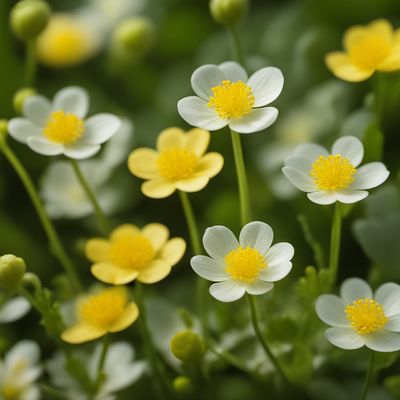
Marsh marigold leaves
The Golden Herb
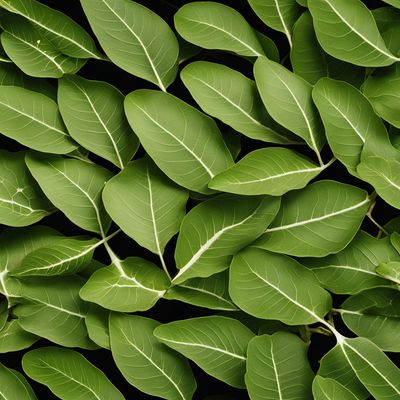
Baobab leaves
The Nutritional Powerhouse: Baobab Leaves Unveiled
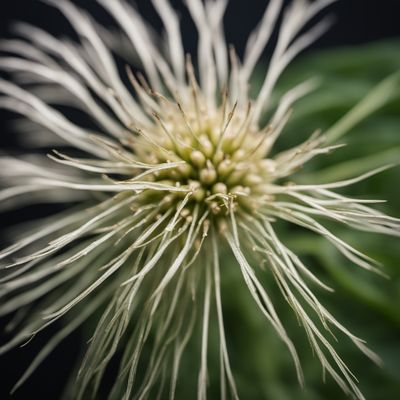
Salsify leaves
The Verdant Delight: Unveiling the Hidden Potential of Salsify Leaves

Taro leaves
The Verdant Delicacy: Taro Leaves
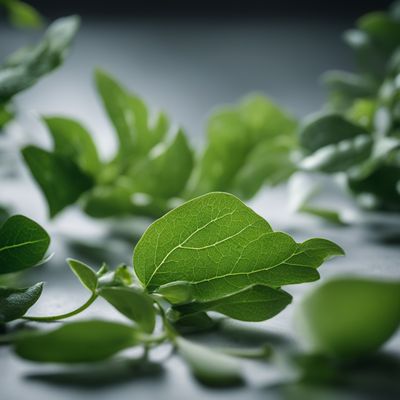
Blumea leaves
The Aromatic Herb: Blumea Leaves

Senna leaves
The Natural Laxative: Unveiling the Power of Senna Leaves
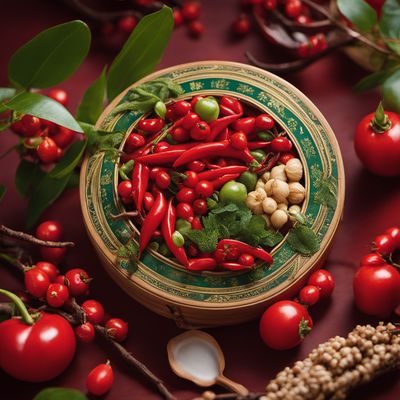
Box thorn
Nature's Tang
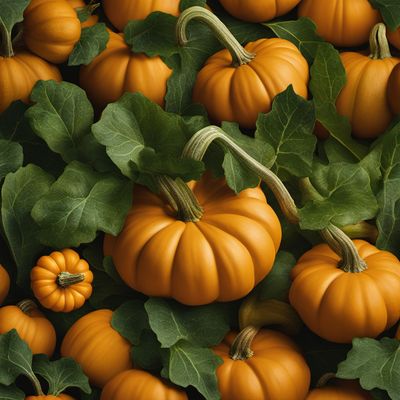
Pumpkin leaves
The Nutritious Greens: Pumpkin Leaves
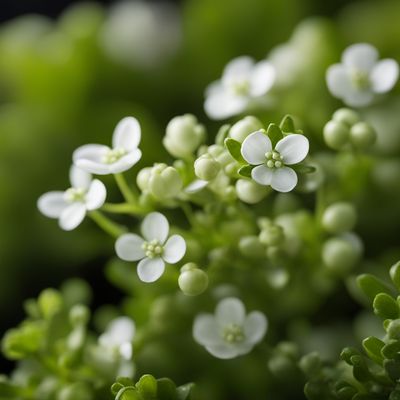
Scurvy-grass
The Citrusy Herb
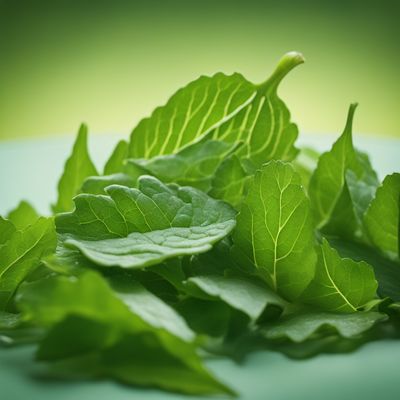
Balsam pear leaves
The Healing Power of Balsam Pear Leaves

Chayote leaves
Versatile Green Delight: Chayote Leaves